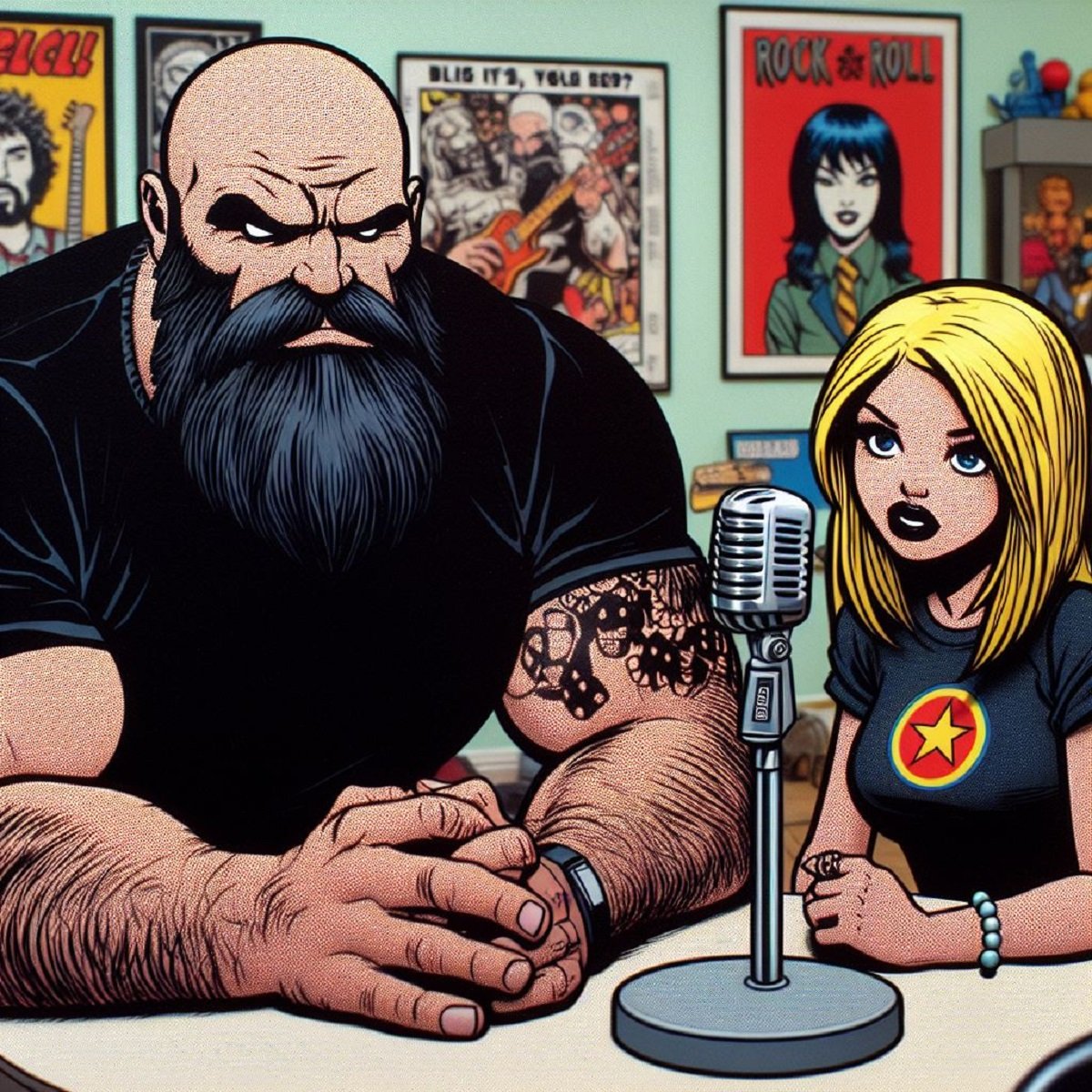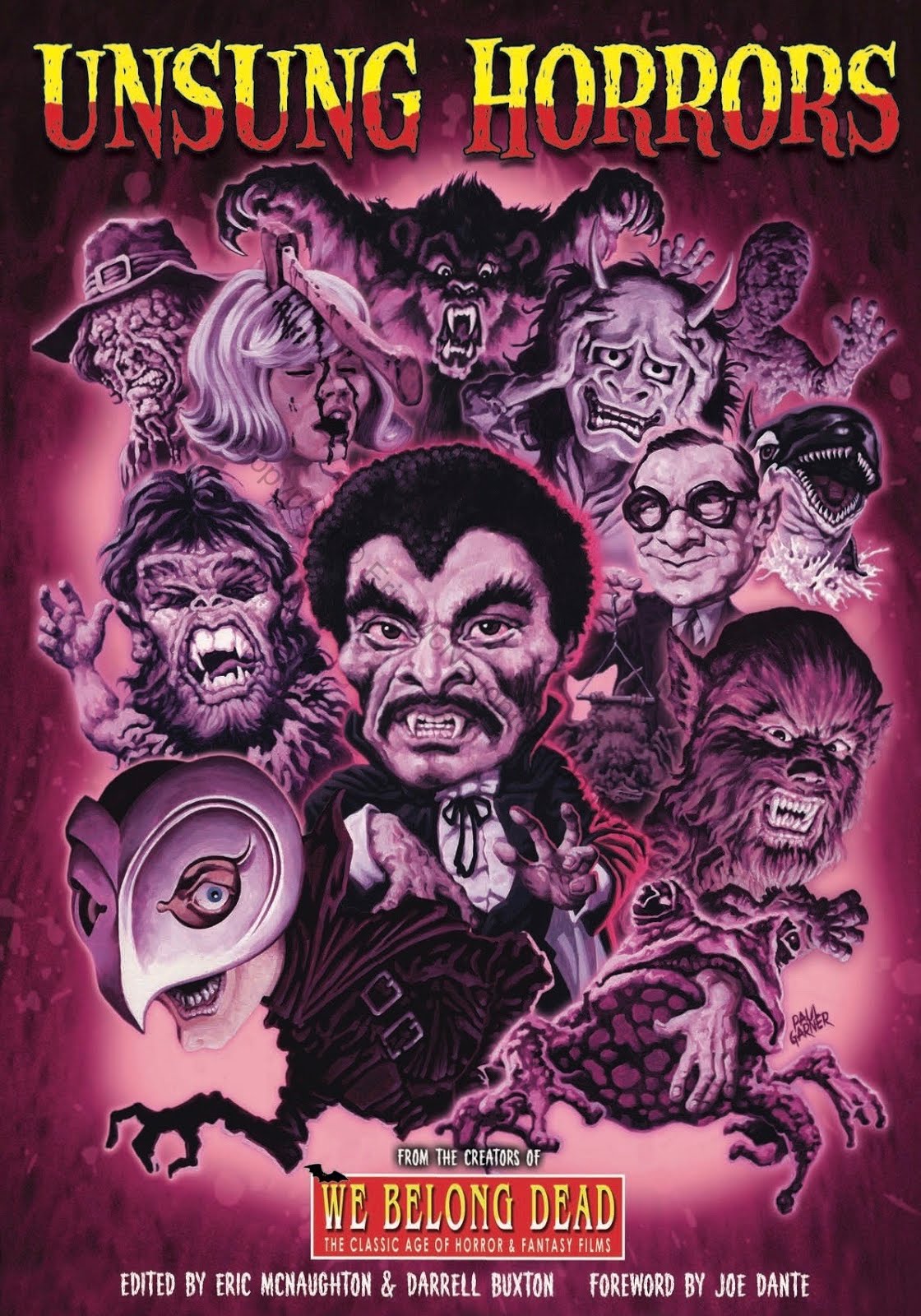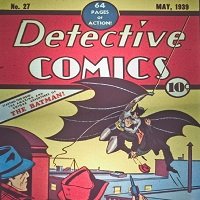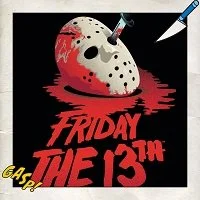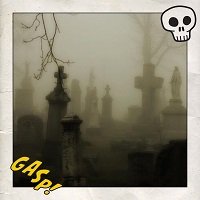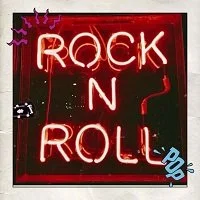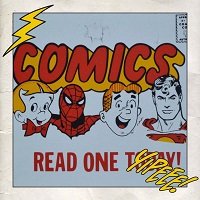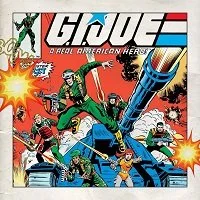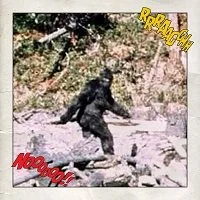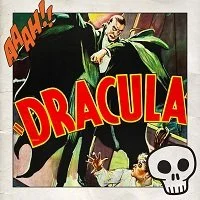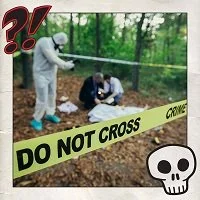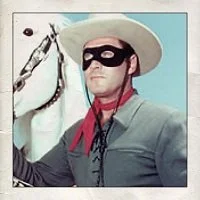Unsung Horrors Book Review
By Joseph Perry (@JosephWPerryJWP; tastethemilkofchocula.blogspot.com)
Unsung Horrors Edited by Eric McNaughton and Darrell Buxton. Buzzy Krotik Productions. Softcover. Photo illustrated. 440 pages. £35.
For several decades now, different generations of fright-fare fans have had books that stood out in introducing them to a bevy of scary movies. Denis Gifford’s A Pictorial History of Horror Movies (1973) is certainly one of the most popular volumes of its kind, opening countless new eyes to treasured classics and more obscure fare, alike. Though internationally and nationally distributed books about horror cinema naturally received the greatest amount of attention, independent regional books such as northern California television horror host John Stanley’s Creature Features Movie Guide (1981) and its follow-up volumes also turned readers on to both beloved and little-known cinematic jewels and clunkers.
Such books were rarer when first published than they are in today’s market. Since that time, however, film guides, together with scare-fare magazines and fanzines, have flooded bookshelves — and in some cases overstock bins — over the years. With the advent of the internet, information about horror films can often be found instantly. What, then, do modern hard-copy books have to offer in the way of new information about old movies? In the case of Unsung Horrors, plenty!
From the publishers of We Belong Dead magazine and their debut book release 70s Monster Memories, Unsung Horrors is a mammoth volume. Its 440 pages are beautifully and colorfully designed, with full-color and black-and-white illustrations throughout. Every page is an eye-popper. The book’s gorgeous presentation alone is reason enough to shell out for it, but the quality of the more than 200 essays it contains seals the deal.
Unsung Horrors focuses on horror cinema from the silent era to the seventies. Each essay gets from one to four pages of discussion from a large assemblage of authors. Though naturally for an undertaking of this size, the writers’ styles vary from casual to formal, but the quality is consistent throughout. Editors Eric McNaughton and Darrell Buxton have done a marvelous job of gathering together top-notch material for this collection.
A few examples include Kieran Fisher’s take on Onibaba director Kaneto Shindo’s 1968 folk horror follow-up Kuroneko, in which Fisher combines obviously well-researched history with his own passion for the film shining through; Rebecca Booth’s meticulously detailed examination of the 1966 Italian shocker Lady Morgan’s Vengeance, which sees her bringing European and Eastern mythology, as well as Chinese folklore, into the discussion; and Boris Vaddok’s highly informative essay about the 1952 British Bela Lugosi vehicle Mother Riley Meets the Vampire, which attempts to clear up some details regarding a time in Lugosi’s career about which there is some confusion.
It’s understandable that the proofreading process is always daunting for a book this size, especially for a small press, but I did notice enough typographical errors to say that several essays could have used an extra pair of eyes on them during the editing phases. This might be something for the editors to consider for their next such book.
It should also be noted that no table of contents, author biographies, nor indexes are included, and the essays are arranged randomly rather than by, say, sub-genre, filmmakers or actors, or alphabetical order. Some readers will have no problem with the fun that such an unsystematic technique can offer, such as opening the book on any given page and possibly uncovering a new treasure. Those interested in reading about, for example, all of the essays on creature features in one sitting or works from a certain director may find this arbitrary style of arrangement somewhat inconvenient. Also, it would be nice to see brief biographies of the authors; for example, if a reader is impressed by a certain writer’s style and would like to know where else works from that person can be found, some concise notes about that would be helpful.
“Undersung Horrors” might be a more fitting title for several films, including Jaws 2, Tombs of the Blind Dead, and Grizzly. Indeed, more jaded horror movie cinephiles might think, “What does this book have to offer me? I’m already familiar with these films, and how could anyone publish a book about unsung horror films and not mention [insert your favorite obscure film title here]?” First off, fresh perspectives on films are often interesting to consider, and Unsung Horrors has plenty of those. Also, personal anecdotes about how people saw a certain film the first time or how it relates to them firsthand can awaken similar memories within us, bringing us back to a fondly remembered but perhaps long-unthought-about moment from the past. Sometimes a more academic approach might be in order, but sometimes we want to read essays written by fellow fans, for fellow fans.
Finally, Unsung Horrors could be for some younger readers, from tweenagers to twenties, a gateway book into discovering more about fright-fare cinema. I remember being 10 years old and forbidden repeatedly by my bookmobile librarian to check out a thick, copiously illustrated book on horror movies (to this day, I haven’t rediscovered the title or author, though I recall its size and many photos and films featured in the book). One day a substitute librarian came and I finally checked out the book. It was worth every moment of the tongue lashing that I received when the regular librarian came back and scolded me when I returned the book because I had been introduced to The Golem, The Cat and The Canary, and The Reptile. I can see Unsung Horrors doing the same for a new generation of future fear-fare fans. Hopefully they will, unlike me, remember the title of the volume that widened their worlds to hundreds of movies of which they had never heard before.
Unsung Horrors is broad enough in its scope to offer something for almost everybody, young and old, newcomers to horror cinema and longtime fans alike. For information on ordering, visit unsunghorrors.co.uk.
Joseph Perry is one of the hosts of When It Was Cool’s exclusive Uphill Both Ways podcast (whenitwascool.com/up-hill-both-ways-podcast/) and Gruesome Magazine’s Decades of Horror: The Classic Era podcast (decadesofhorror.com/category/classicera/).
He also writes for the retro pop culture website That’s Not Current (thatsnotcurrent.com), the Gruesome Magazine horror movie website (gruesomemagazine.com), and several other print and online film critique and pop culture magazines.
If you found this article interesting consider becoming a Patreon supporter. That is how When It Was Cool keeps our website and podcasts online, plus you get lots of bonus content including extra and extended podcasts, articles, digital comics, ebooks, and much more. Check out our Patreon Page to see what's up!
If you don't want to use Patreon but still want to support When It Was Cool then how about a one time $5 PayPal donation? Thank you!
